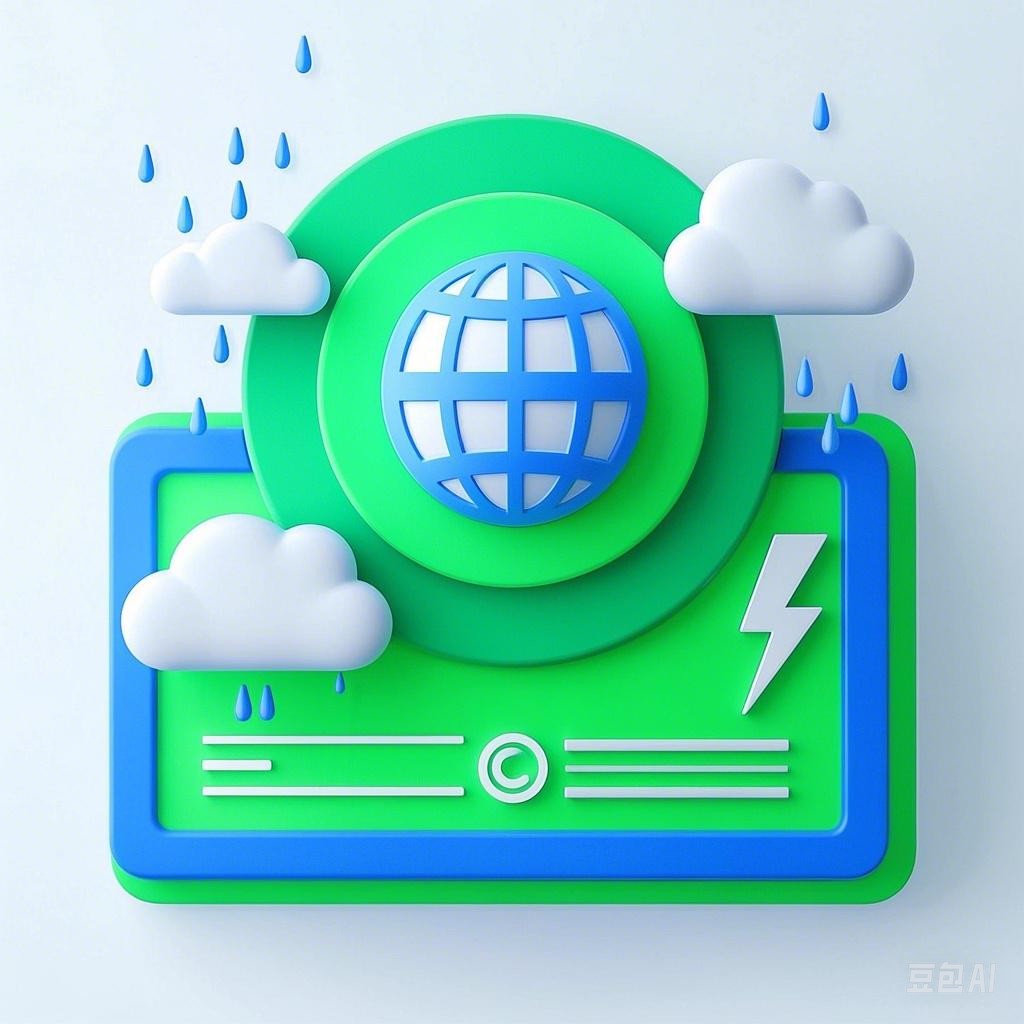Introduction
Drought and flood disasters are two of the most devastating natural calamities that affect millions of people around the world. These events, often caused by climate change and extreme weather patterns, have significant economic, social, and environmental impacts. This article aims to unravel the challenges associated with drought and flood disasters, providing insights into their causes, impacts, and potential mitigation strategies.
Causes of Drought and Flood Disasters
Drought
Drought is characterized by a prolonged period of insufficient rainfall, resulting in a deficit of water in an area. Several factors contribute to the occurrence of droughts:
- Climate Change: Rising global temperatures lead to changes in precipitation patterns, increasing the frequency and severity of droughts.
- Deforestation: The removal of trees reduces the land’s capacity to retain water, exacerbating drought conditions.
- Overexploitation of Water Resources: Excessive water usage for agriculture, industry, and domestic purposes depletes water sources, contributing to droughts.
Floods
Floods are caused by the overflow of water bodies, such as rivers, lakes, and oceans, onto land. The following factors can trigger flood events:
- Heavy Rainfall: Excessive rainfall in a short period can cause rivers to overflow, leading to flooding.
- Melting Snowpack: Rapid melting of snowpack due to rising temperatures can cause rivers to swell and flood.
- Storm Surges: Coastal areas are vulnerable to storm surges, which can cause massive flooding during hurricanes and typhoons.
Impacts of Drought and Flood Disasters
Drought
The impacts of drought are far-reaching and include:
- Agricultural Loss: Droughts can severely damage crops, leading to food shortages and increased prices.
- Water Scarcity: Insufficient water supply can lead to water rationing, affecting domestic, industrial, and agricultural uses.
- Economic Consequences: Droughts can cause significant economic losses, particularly in the agricultural sector.
Floods
Floods can have devastating consequences, such as:
- Loss of Life and Property: Floods can cause widespread damage to homes, infrastructure, and crops, leading to loss of life and property.
- Health Risks: Flooding can contaminate water sources, leading to waterborne diseases and other health risks.
- Economic Costs: The economic costs of flood damage are immense, affecting both individuals and governments.
Mitigation Strategies
Drought
To mitigate the impacts of drought, the following strategies can be implemented:
- Water Conservation: Promoting water-saving practices in agriculture, industry, and domestic sectors can help reduce water usage.
- Irrigation Systems: Developing efficient irrigation systems can optimize water usage in agriculture.
- Policy Measures: Implementing policies that promote sustainable water management and reduce deforestation can help mitigate drought conditions.
Floods
To mitigate the risks associated with floods, the following strategies can be adopted:
- Flood Forecasting and Warning Systems: Investing in flood forecasting and warning systems can help communities prepare for and respond to flood events.
- Infrastructure Development: Constructing flood barriers, such as levees and floodgates, can help reduce flood damage.
- Community Preparedness: Educating communities on flood risks and response measures can improve their preparedness for flood events.
Conclusion
Drought and flood disasters pose significant challenges to societies around the world. Understanding their causes, impacts, and mitigation strategies is crucial for developing effective responses to these events. By implementing the recommended strategies, communities and governments can reduce the risks associated with drought and flood disasters, ultimately leading to a more resilient and sustainable future.
